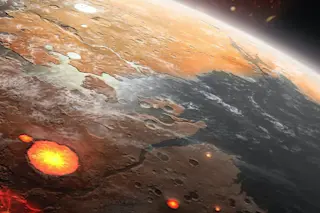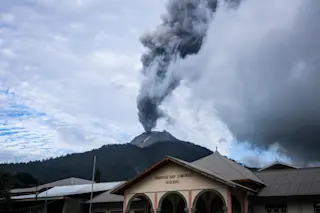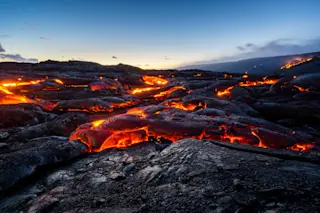We’re all here thanks to continents.
Among rocky planets in the solar system, only ours has masses of less-dense rock that rise above surrounding crust. Yet our planet wasn’t born with them.
We know that these land masses are a direct consequence of , when slabs of crust, continental and oceanic, interact as they move across the planet’s melted mantle. But we don’t know when or how quickly the continents formed — it’s one of the most challenging questions about Earth’s early history. Some geologists believe most of the continents popped up in the last billion years. Others think they have been forming slowly and steadily since the planet took shape some 4.6 billion years ago. Still other schools of thought suggest the land masses formed in fits and starts as pieces of them collided and then broke apart.
The evidence needed to solve this mystery is hard to find. ...















